
Game Engines are the foundation in which games are built, they contain all the logic to be able to show graphics, play audio, compute input, etc. without having any of the game specific assets such as sprites or music files.
Middleware on the other hand has one specific goal in mind, for example an audio middleware just plays sounds and you would not be able to display graphics with it.
So you can think of game engines as the combination of middleware.
There are two types of game engines based on who developed them or rather who has access to them:
This really depends on the engine, it could have been anywhere between a licensing fee per game sold or a one time fee of thousands of dollars for console games.
This was due to the limited audience of game engines at the time, you would have to pay an entire development team to work on a game engine (not cheap) and you would only be able to sell to about a dozen companies.
However with the Indie game revolution a number of free or cheap game engines became available but tended still to charge much more for console development.
Instinct Studio was a rather obscure a software suite by the Ireland based company Instinct Technology. It claimed to combine a complete set of game development tools with an array of ‘best in class’ middleware plug-ins, giving game developers the power and flexibility to create state-of-the-art productions within realistic budgets.
As far as we know it wasn’t used in any commercial games but it a custom version of the engine was created specifically for the University of Abertay in Scotland. Also they had a playable demo of a game called Dreadnought on their website in 2007.
The website was “http://www.instinct-tech.com/”, it was created in 2006 and lasted until 2009.
The website had a screenshot of what the editor interface was like, it is very mid-2000s Microsoft:
It was also featured in EDGE magazine issue 169 in their CodeShop Section:
Unless you have been living under a rock you will have heard about Unity3D, it was originally released the 8th of June 2005 as a MacOSX only engine. However, over its lifetime it has grown to support not just PC but also many games consoles (Wii, Xbox 360, PS3) and mobile platforms (iOS, Android). It was developed by the Danish vendor OTEE.
Key milestones include:
The first ever Unity developer conference Unite was held in the two days between October 10-12th 2007.
Game Maker is a popular 2D game development tool originally called Animo and developed by Professor Mark Overmars.
Version 1.0 was built some time in 1998-1999 and never released publicly but on the 15th November 1999 Game Maker was officially released to the public with version 1.1.
We have so much content on Game Maker that we had to split this section out into its own post you can find it below:
Although game engines can be used across multiple games consoles or platforms, we have separated the game engines by platform to make it easier to compare the features between engines of a given console generation.
| Platform Name | Game Engine List |
|---|---|
| Microsoft Xbox | Original Xbox Game Engines |
| Nintendo Wii U | Wii U eShop Game Engines Unity Game Engine Games on Wii U eShop Wii U Nintendo Web Framework |
Originally known as NovodeX (by Swiss company of the same name) the technology was bought by Ageia in 2004 and rebranded to PhysX. Later in 2008, Nvidia bought Ageia and continued to support the SDK even releasing it as open source in December 2018. Although the source code was technically available for free before that as long as you registered on the Nvidia website (2015-2017).
PhysX under Ageia allowed the SDK binaries to be offered royalty free but access to the source code is $50,000 per application.
Unity announced that they would be including the full version of Ageia PhysX on March 4th 2005 which was before version 1.0 was released, which means many Unity games are using the SDK.
Menus Master was a middleware specifically for creating game menu interfaces it was first released April 15th 2005 1. It has an interface to create the menus along with a C++ SDK that is compatible with the PS2, Xbox, GameCube, and PC.
It was used by Delphine Software in the Moto Racer series to great success!
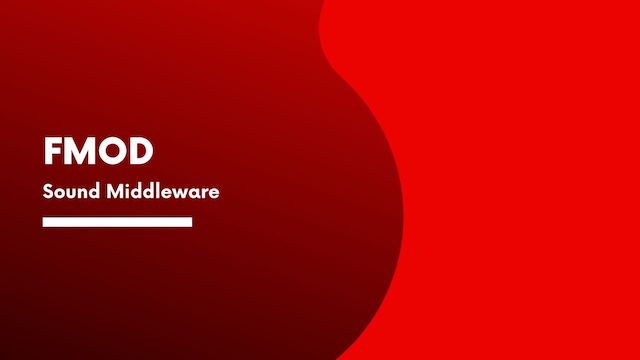
The FMOD audio engine is a very common middleware used in modern games, starting with the PS1 generation of consoles. It was developed by Firelight Technologies and the first release... ...
Introduction to Game Engines & Middleware Game Engines are the foundation in which games are built, they contain all the logic to be able to show graphics, play audio, compute... ...
Game Maker is a popular 2D game development tool originally called Animo and developed by Professor Mark Overmars. Version 1.0 was built some time in 1998-1999 but never released publicly... ...
The Merkury engine is a proprietary game engine developed by Krome Studios since at least 2001, known to run on PS2, PSP, Wii and with version 3 of the engine... ...

Introduction to Zeno and the Zed Game Editor Back in 2004/2005 engineers at LucasArts were on a mission to find the best technology for the new “next-generation” consoles (Xbox 360,... ...
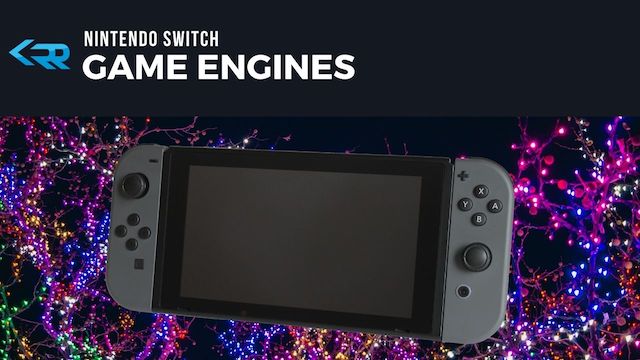
When reverse engineering games, one of the first things to find out is which engine the game is based on, this will save a considerable amount of time if it... ...

The Unreal Development Kit (UDK) was a free game engine based on Unreal Engine 3. It has now been deprecated and replaced by Unreal Engine 4, however there is one... ...
Unity 1.x Historical Overview (2005-2006) Unity 1.x represents the earliest iterations of the Unity game engine, laying the foundation for its editor-centric workflow and multi-platform capabilities. Each minor release in... ...
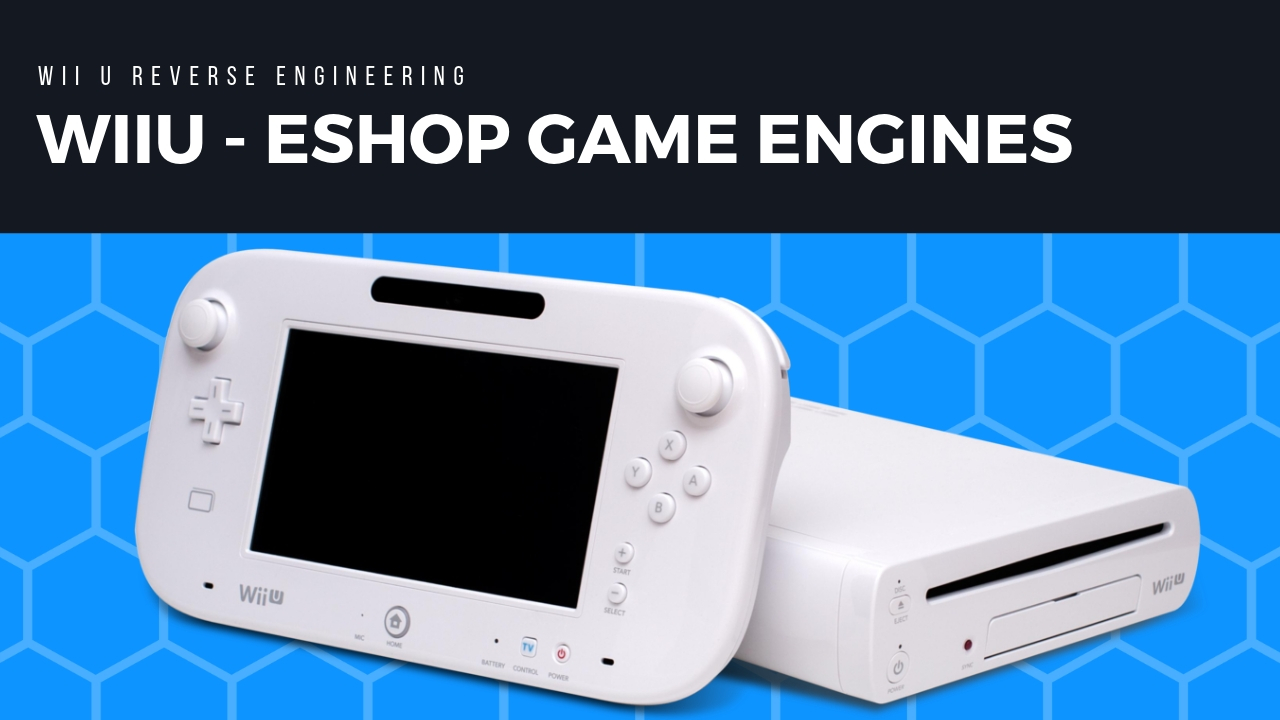
3rd Party Game Engines Most games nowadays are developed using a 3rd party game engine instead of building their own in-house game engine from scratch due to time and budget... ...
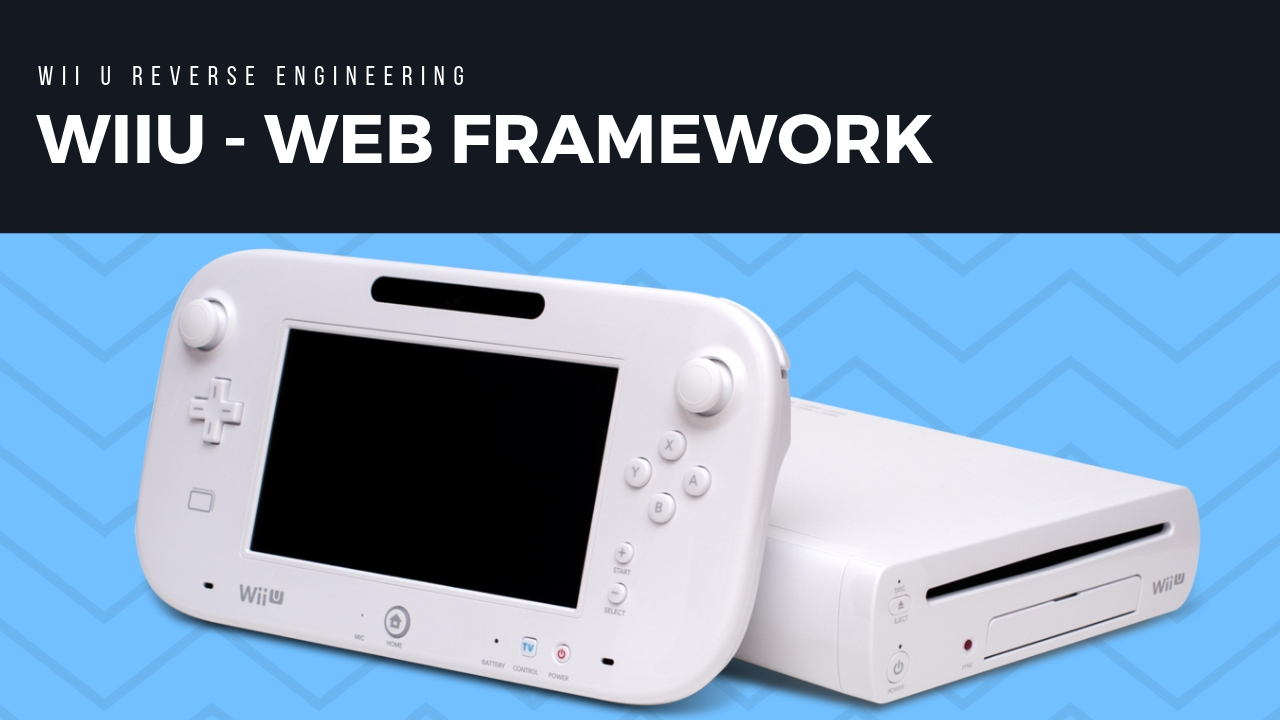
Introduction Nintendo introduced the Nintendo Web Framework or NWF in the 2013 Game Developers Conference. You can view the announcement on the GDC Vault: GDC Vault - Nintendo Wii U... ...
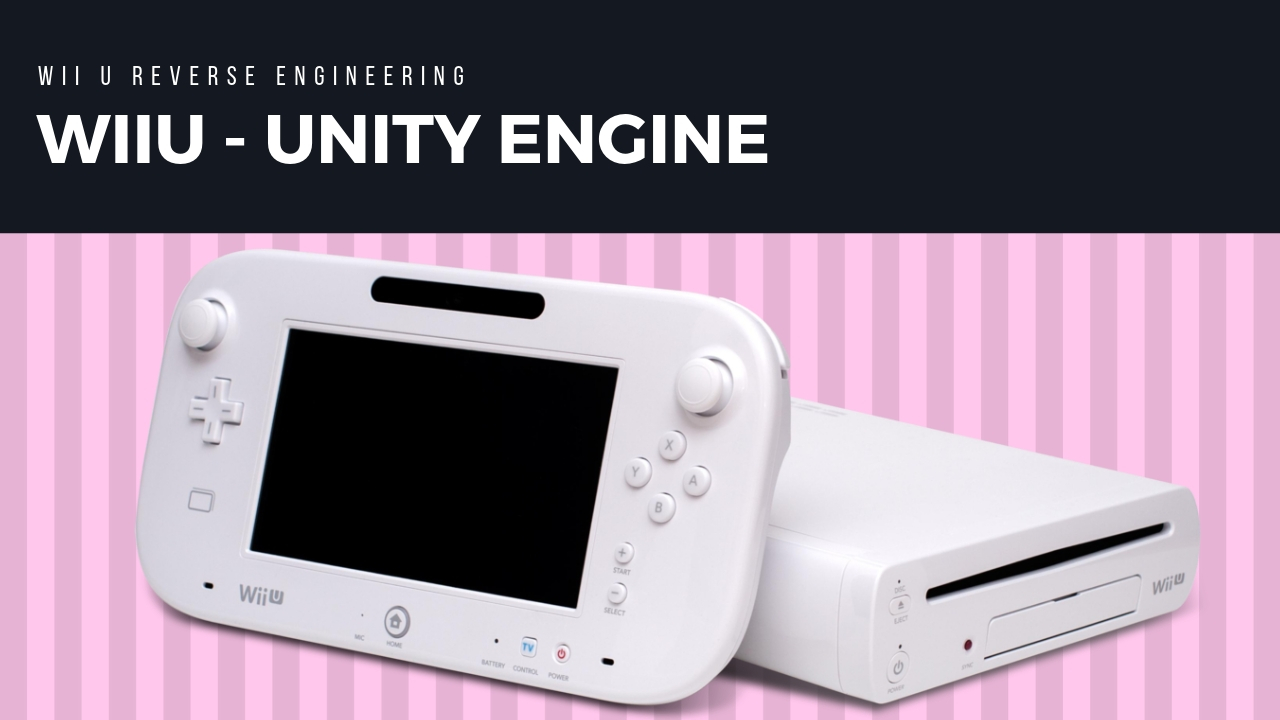
Introduction to Unity on the Wii U Unity3d was the only 3rd party game engine to be officially endorsed by Nintendo 1. This helped make it by far the most... ...
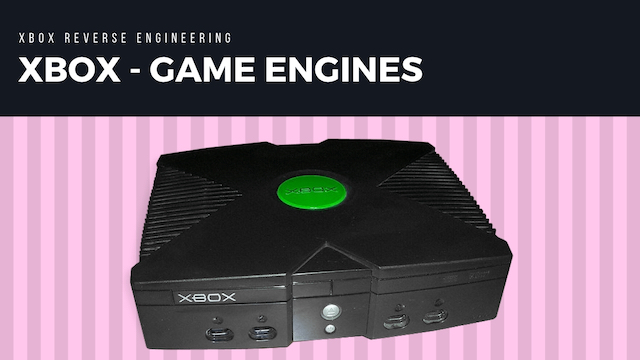
Introduction When the Xbox came out in 2001 most game developers were still getting used to the new layer of abstractions and code re-use provided by the superior hardware of... ...